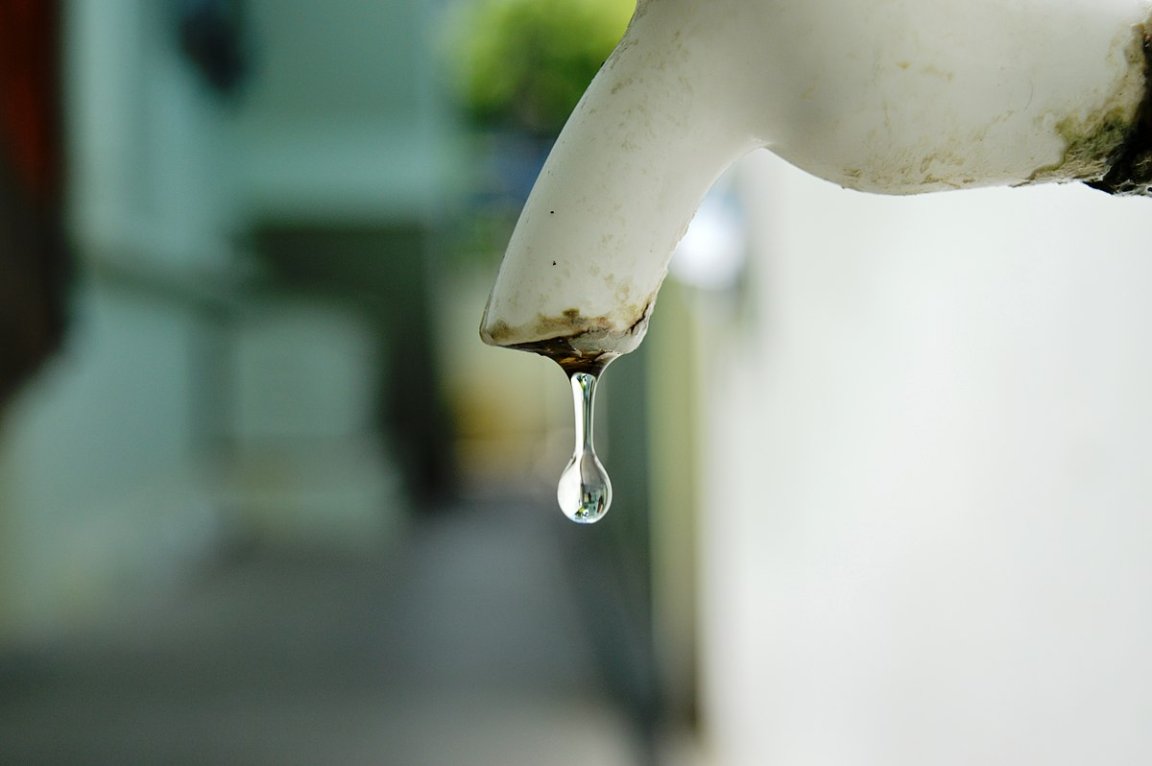
Microplastics in Water
Still, sparkling or plastic? A new study suggests that people could be ingesting 3,000 to 4,000 microparticles of plastic in tap water annually. The study was based on 159 tap water samples from 14 countries around the world, and the results showed that 83 percent of the samples contained plastic particles. The full report, compiled by the nonprofit newsroom Orb Media, is called “Invisibles: The plastic inside us.”
This research is the first to focus on micro-plastics in drinking water. In general, less attention has been paid to plastics in human consumables compared to plastic pollution of oceans, waterways and beaches, according to the team.

The researchers, from the University of Minnesota and the State University of New York at Fredonia. collected samples during the first three months of the year in Beirut, Lebanon; Jakarta, Indonesia; Kampala, Uganda; New Delhi, India; Quito, Ecuador; seven European countries; and several cities in the United States. They then tested the samples for plastics, finding a range of zero to 57 particles per liter of water. The average was 4.34 particles per liter. North American samples had the highest plastic density, while European countries had the lowest.
A Need for More Research
These results indicate that from tap water alone, American men and women may consume over 4,000 and 3,000 particles of plastic, respectively, every year. Other research has shown that seafood eaters ingest up to 11,000 plastic particles annually. Although the potential health risks of consuming plastic are as yet unknown, the researchers emphasized previous findings that plastic particles can absorb and release potentially harmful bacteria and chemicals.
A study from April 2017 on mice provided new evidence for the adverse consequences of micro-plastics; the researchers in that study found the accumulation and distribution of micro-plastics across mice tissues, and significant alteration in several biomarkers which supported the argument for potential toxicity from exposure. The United Nations Environmental Programme (UNEP) also warns that at high enough concentrations, potential adverse effects of consuming plastic may include altered gene expression, anomalous embryonic development, endocrine disruption, immunotoxicological responses, and reproductive disruption.
Yet there have been too few studies, or too small of sample sizes, to make broad statements about the global population; for example, the Orb Media report examined 159 total samples, which is relatively small.
Although there is no certainty yet, this will be an important area of research moving forward. These kinds of studies are even more important in the wake of the 2016 study on microbeads that proved to be faked. “The results of this study serve… as an initial glimpse at the consequences of human plastic use (and) disposal rather than a comprehensive assessment of global plastic contamination,” the team concluded.